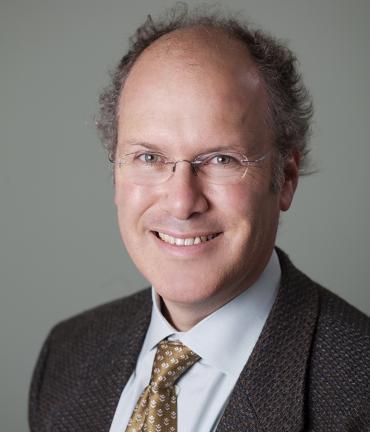Research And Grants

University of California, San Francisco - $100,000
Dr. William Weiss
$100,000.00
September 2014
Translational
DIPG
Single-cell profiling and targeting of developmentally regulated signaling programs in DIPG.
Background: As in other malignant gliomas, there is evidence that DIPG is organized as an aberrant developmental hierarchy originating from rare, treatment-resistant tumor-initiating cells (TICs), also referred to as “cancer stem cells”. Although TICs are potentially important drug targets, they are a challenge to study directly because these cells comprise a minor subset of the tumor, and prospective identification (i.e. by surface markers) is imperfect. Moreover, prospective identification of TICs is controversial, with various groups in the glioma field advocating different markers (i.e. CD133, Nestin, Sox2, integrin 6, etc.), and variability from patient-to-patient. Over 75% of DIPG tumors harbor mutations in histone H3.3 that cause global dysregulation of epigenetic marks, including H3K27me3 and CpG methylation. These epigenetic changes manifest as uncontrolled growth of cells with molecular features of pontine gliogenesis. However, the inducible and constitutively active signaling programs downstream of these epigenetic changes – and their coordination with other markers of glial differentiation – are not well understood.
Hypothesis: We hypothesize that developmentally distinct subpopulations of DIPG tumor cells rely on distinct signaling networks to maintain cell survival, and that more effective therapies can be achieved by precisely targeting these signaling programs.
Goals: To characterize developmentally regulated signaling pathways in DIPG, and to test whether targeted disruption of these pathways improves survival in xenograft models.
Design and methods: The technology enabling this study is a next-generation flow cytometry platform (‘mass cytometry’) that enables the simultaneous measurement of up to 32 antibody-based markers at the single-cell level. Mass cytometry presents opportunities to clarify phenotypic identification of developmentally distinct subsets in DIPG, including TICs, and at the same time make direct observations intracellular signaling behavior. Specific Aim 1 uses mass cytometry to map the “developmental trajectory” of pediatric DIPG by tracking the phenotypic changes along the path from primitive TICs to their more differentiated progeny. We will use phospho-specific antibodies to profile the constitutively active and inducible growth-factor signaling pathways in tumor cells along the developmental trajectory, at the single-cell level. Specific Aim 2 takes a chemical genetics approach to further elucidate the developmentally regulated signaling programs in DIPG. We will use a library of 368 well-characterized pharmacologic inhibitors to disrupt growth factor signaling and pro-survival pathways in DIPG. The results of this screen will complement information from Aim 1, to help us pinpoint the developmentally regulated signaling mechanisms in DIPG. In the final stage of this Aim, we will test promising drug candidates for the ability to improve survival in vivo using DIPG orthotopic xenografts.
Innovation: The epigenetic programs enforced by histone H3 mutations appear to lock cells in an oncogenic state, but the consequences at the level of cellular signaling and differentiation are essentially unexplored. We propose to employ mass cytometry, a powerful new technology that allows us, for the first time in pediatric glioma, to simultaneously characterize cellular phenotype and signaling behavior at the single-cell level,
Clinical significance: There is an urgent need for new therapies for DIPG. This study will lead to improved understanding of the relationship between intratumor heterogeneity and oncogenic signaling pathways in DIPG, and will test putative targeted therapies that leverage those new insights.

